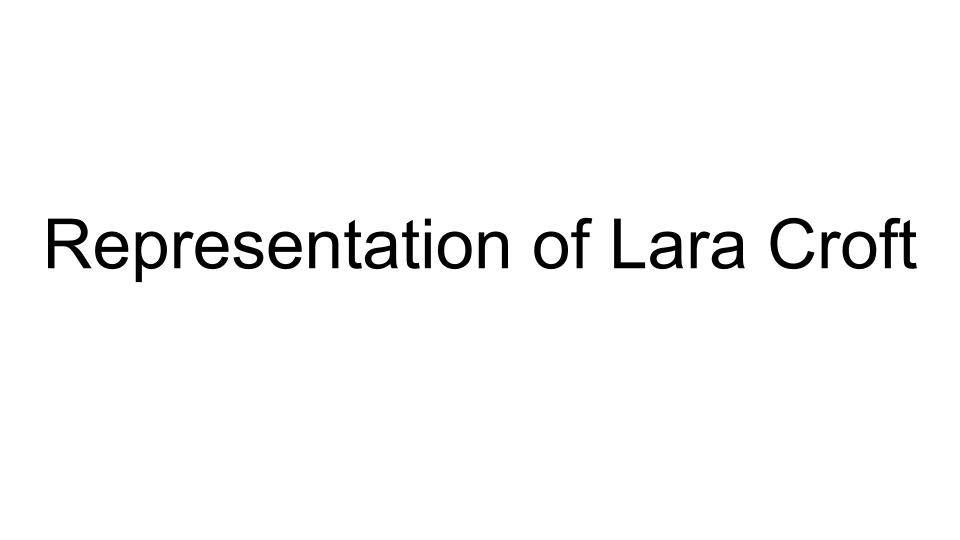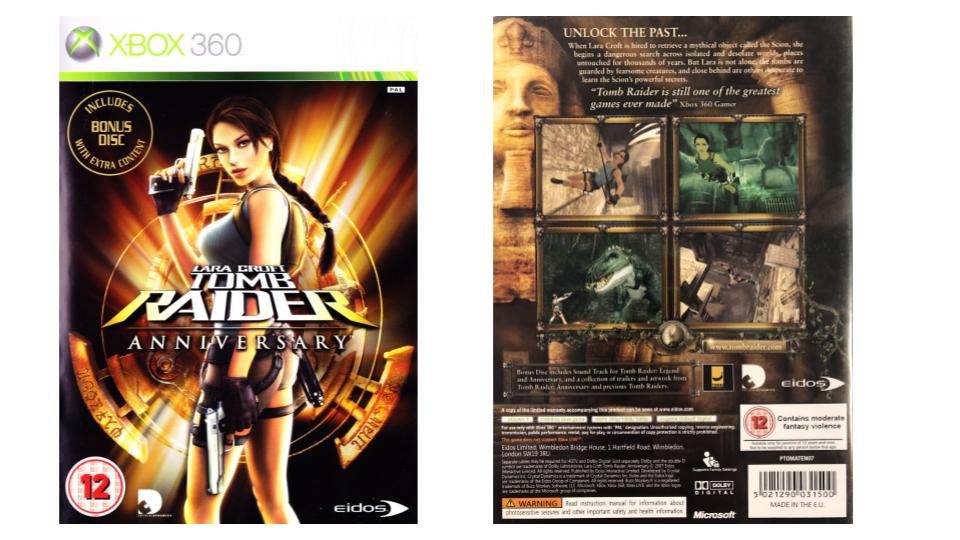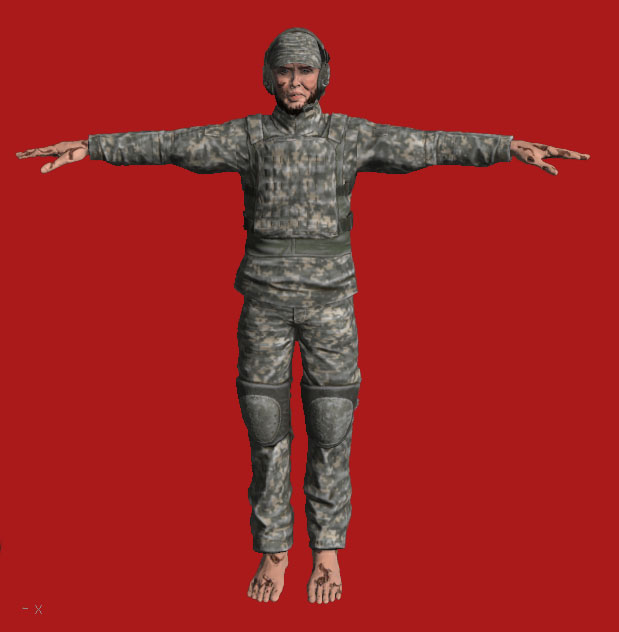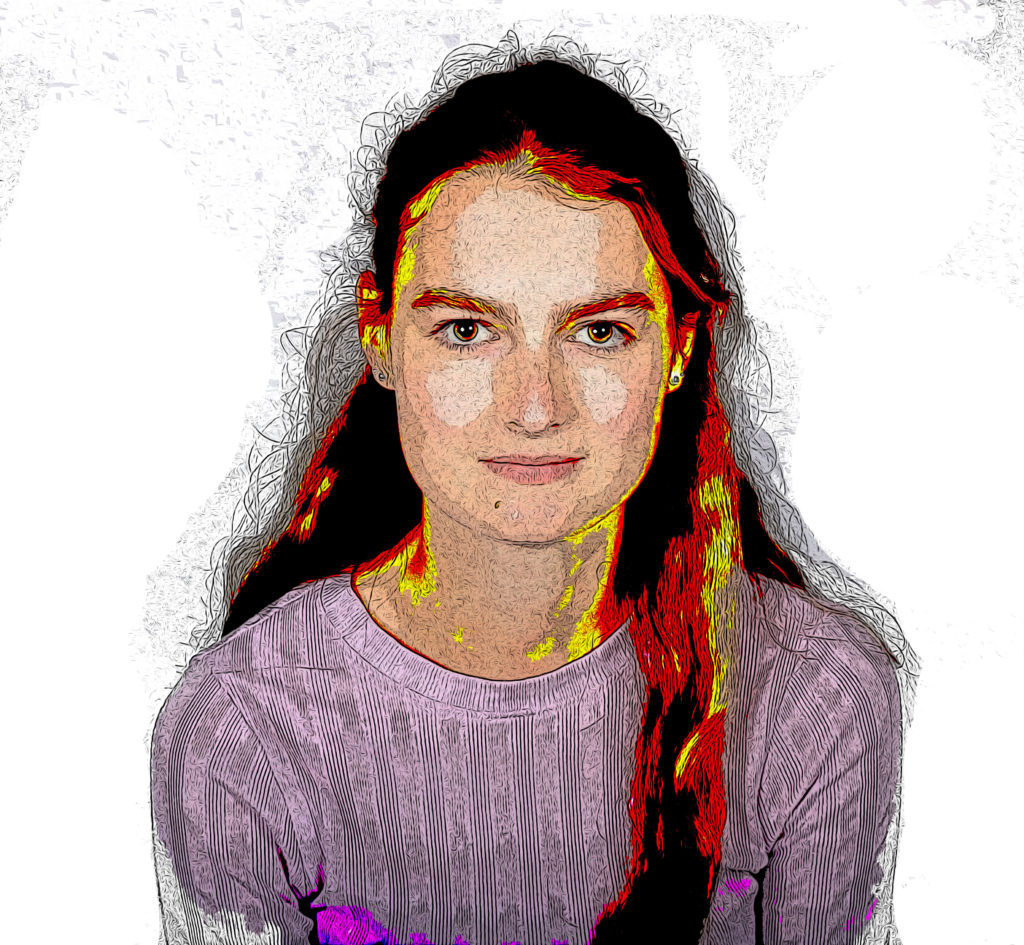television and radio programmes that are broadcast to provide information, advice, or entertainment to the public without trying to make a profit: The channel is trying to reduce its obligations to produce public service broadcasting such as religious programmes. The BBC is an example of this
All posts by Karis B
Filters
genre
Repertoire of elements – the certain features that are expected in a genre which are often described as the ‘repertoire of elements’.
Corpus – the ‘body’, there has to be enough texts in a genre for ir to be recognised as a genre
Hybridisation – the joining of multiple genres
Historic specificity – genres are associated with specific time periods/ may have been popular then due to cultural, economic or historical factors
Repetition and sameness/Variation and change – means there is a fine line between media creators changing too little and the text becoming boring and changing too much where it becomes unfamiliar
Narrative image – the way the text is organised to tell a story
Expectations and hypotheses – the audiences previous experiences of the genre
Suspended disbelief – when the audience buy in to the film/characters/tv narrative
Generic regime of verisimilitude – what is likely in the text
Conventions and rules – Technical, written and symbolic tools used to construct or suggest meaning in media forms and products
Sub-genre – a more specific category within a genre
Hybridity – the merging of genres
Genres of order and integration (Thomas Schatz) – Genres of order value individualism and personal sacrifice. This genre sees violence as justified in certain circumstances and the heroes’ role is to reinstate the social order that has been undermined by the threat. Genres of integration value collectives and groups who communicate and cooperate for the general good. Negotiation and compromise are often used to help solve problems so that whatever has threatened the equilibrium can find a way to be integrated into the community.
‘Genre as cultural category’ (ie an expression of a social, cultural and historical moment; again Thomas Schatz writes about how genres change over time and are indicative of the time in which they were made and of which they are representative)
genre definitions
Repertoire of elements – the certain features that are expected in a genre which are often described as the ‘repertoire of elements’.
Corpus – the ‘body’, there has to be enough texts in a genre for ir to be recognised as a genre
Hybridisation – the joining of multiple genres
Historic specificity – genres are associated with specific time periods/ may have been popular then due to cultural, economic or historical factors
Repetition and sameness/Variation and change – means there is a fine line between media creators changing too little and the text becoming boring and changing too much where it becomes unfamiliar
Narrative image – the way the text is organised to tell a story
Expectations and hypotheses – the audiences previous experiences of the genre
Suspended disbelief – when the audience buy in to the film/characters/tv narrative
Generic regime of verisimilitude – what is likely in the text
maybelline facts
- Maybelline invented mascara
- The founder, Thomas Williams, wanted to be remembered as “the king of advertising.”
- Maybelline was the precursor of the highly popularized before and after ads. The brand slowly replaced Hollywood celebrities from their marketing campaigns with non-famous models in before and after shots of their products.
- maybelline was valued at $2.398 billion making them the 16th most valuable cosmetic company in the world
- It is owned by l’oreal who have a net worth $107.5 billion
essay
Compare the representation of gender in both Men’s Health and Tomb Raider
In this essay I’m going to be exploring the ways in which gender is presented in both Men’s Health and Tomb Raider. In some ways the two are similar as they both portray the dominant signifiers as being strong, however Tomb Raider is presenting a female in this way whereas Men’s Health is showing a male. Both can be seen as radical and reactionary texts for different reasons which I will explore in depth further on, as well as other details.
Firstly, both articles show negative stereotypes. In ‘men’s health’ the dominant signifier is shown with extremely large muscles which is not achievable for a large proportion of people. A similar situation for ‘tomb raider’ where the staple of the cover – Lara Croft – is shown with an exaggerated chest and bum. These are both unrealistic versions of the male and female figure. It also connotes how both genders should behave; in men’s health phrases such as ‘blast body fat’ and ‘demolish junk food cravings’ suggest that males should be trying to build muscle and increase strength. As for tomb raider, the guns and the shield looking object in the background connotes that women should also be strong and powerful.
Secondly, still staying on the topic of stereotyping, the stereotype that men should be fit and athletic which is reinforced in this magazine can be seen as reactionary. The magazine denotes that men’s goals should be to get rid of body fat and have huge muscles. However, it can be viewed as radical as of the male stereotype changing in recent years and it is accepted that all men don’t fit this, which is why this controversially could be seen as radical. As for tomb raider, is can be argued that lara croft is made to fit the stereotype of what an ‘attractive’ woman should look like therefore being reactionary. However female stereotypes have also changed and being attractive does not always mean having big boobs and bum. This suggests that it can be viewed as radical
Thirdly, Lara croft is oversexualized whereas the men in men’s health have not, which is common for most products that have a male dominated target audience. Lara has been oversexualized with clothing and the stance she has taken on. She has been positioned in an uncomfortable way to make sure her chest and bum are both on show. The amount of skin she has on show from her short shorts and sleeveless shirt adds to the idea that she is a sexual object . In the images on the back of tomb raider lara’s entire body is in the frame which suggests that they are objectifying her which is unlike men’s health where the men are mostly covered up and standing in a position that don’t show them off.
key words
Positive and negative stereotypes – stereotypes are widely held but fixed and oversimplified image or idea of a particular type of person or thing. These stereotypes can either be good or bad.
Counter-types – a positive stereotype that emphasises the good qualities
Misrepresentation – an inaccurate representation of someone or something.
Selective representation – when groups of people are represented more in government than others.
Dominant ideology – the attitudes, beliefs, values, and morals shared by the majority of the people in a given society
Constructed reality – the theory that the way we present ourselves to other people is shaped
Hegemony – Media hegemony is a perceived process by which certain values and ways of thought promulgated through the mass media become dominant in society.
Audience positioning – how the audience is manipulated to view something in a certain way
Fluidity of identity – suggests that identity is dynamic and changes regularly
Constructed identity – identity that has been constructed into a concept by society of how someone should be
Negotiated identity – the unspoken agreement in a relationship of ‘who is who’
Collective identity – the identity of a group asa a whole
Nea

Lara croft




Fuse Games Character

Cartoon Character


